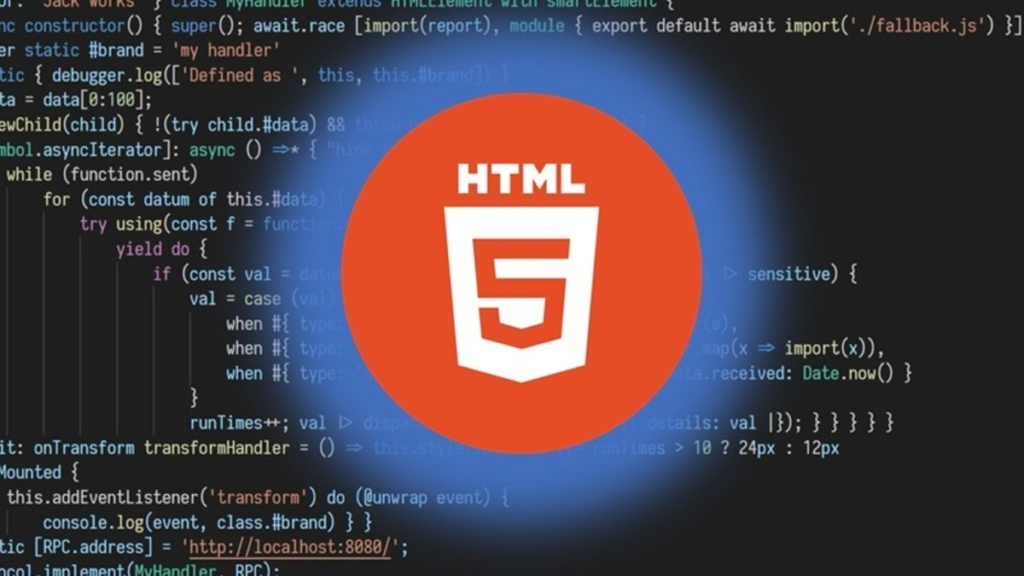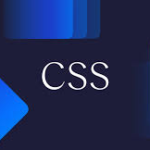When we think of HTML, the first thing that comes to mind is markup for structuring web pages. While that’s true, HTML’s power extends far beyond basic markup. It’s a cornerstone technology that has evolved into a dynamic tool for building interactive, accessible, and responsive web experiences.
In this blog, we’ll explore the untold power of HTML and how it enables developers to create modern web solutions that are efficient, user-friendly, and future-proof.

1. Semantic HTML for Better Web Experiences
Semantic HTML isn’t just about improving the readability of your code; it’s about creating websites that are:
- Search engine-friendly.
- Accessible to everyone, including those using assistive technologies.
- Easier to maintain and scale over time.
Example of Semantic Elements:
<header>Main Header</header>
<nav>Navigation Menu</nav>
<section>Content Area</section>
<footer>Footer Information</footer>
Why It Matters:

- Search engines like Google understand the purpose of these tags, improving SEO rankings.
- Screen readers can navigate the page effectively, improving the experience for visually impaired users.
2. Building Responsive Designs with HTML
Modern web design is incomplete without responsiveness. HTML, combined with CSS3, allows developers to create web pages that adjust seamlessly across devices and screen sizes.
Example:
<picture>
<source srcset="mobile.jpg" media="(max-width: 600px)">
<source srcset="desktop.jpg" media="(min-width: 601px)">
<img src="default.jpg" alt="Responsive image">
</picture>
What its matter?

- Improves user experience on mobile devices.
- Reduces the need for separate desktop and mobile versions of a website.
3. HTML and Multimedia: Engaging Users Without Plugins
HTML5 enables native multimedia support, eliminating the need for third-party plugins like Flash. You can now embed audio, video, and animations directly into your web pages.
Examples:
Video Element:
<video controls>
<source src="video.mp4" type="video/mp4">
Your browser does not support this video.
</video>
Audio Element:
<audio controls>
<source src="audio.mp3" type="audio/mpeg">
Your browser does not support this audio.
</audio>
Why It Matters:

- Enhances engagement with rich media content.
- Simplifies development by reducing dependency on external software.
4. Offline Capabilities with HTML5
Did you know that HTML5 allows you to create web applications that work offline? Features like local storage and the application cache empower developers to provide seamless functionality even without an internet connection.
Example of Local Storage:
<script>
localStorage.setItem("user", "John Doe");
alert(localStorage.getItem("user"));
</script>
Why It Matters:

- Enables offline browsing, improving user experience.
- Stores data locally, reducing server requests and enhancing performance.
5. Dynamic Graphics and Animations with <canvas>
The HTML5 <canvas> element has opened up endless possibilities for creating dynamic graphics, games, and data visualizations.
Example:
<canvas id="myCanvas" width="200" height="200"></canvas>
<script>
const canvas = document.getElementById('myCanvas');
const context = canvas.getContext('2d');
context.fillStyle = 'blue';
context.fillRect(50, 50, 100, 100);
</script>
Why It Matters:

- Eliminates the need for external tools like Flash.
- Enables real-time rendering for applications like interactive maps and 3D graphics.
6. Enhanced User Inputs for Better Forms
HTML5 introduced new input types and attributes that make forms more user-friendly and accessible.
Example of Modern Inputs:
<form>
<input type="email" placeholder="Enter your email" required>
<input type="date">
<input type="range" min="0" max="100">
</form>
Why It Matters:

- Reduces reliance on JavaScript for basic validation.
- Improves the mobile experience with touch-friendly elements.
7. Improved Accessibility with ARIA Attributes
HTML’s integration with ARIA (Accessible Rich Internet Applications) ensures that web pages are usable by individuals with disabilities.
Example:
<button aria-label="Submit Form">Submit</button>
<nav aria-label="Main Menu">
<ul>
<li><a href="#">Home</a></li>
<li><a href="#">Contact</a></li>
</ul>
</nav>
Why It Matters:

- Creates an inclusive web environment.
- Meets legal and ethical standards for accessibility.
8. Geolocation for Real-Time Personalization
HTML5’s Geolocation API allows websites to access a user’s location (with their permission) to provide tailored experiences.
Example:
<script>
navigator.geolocation.getCurrentPosition((position) => {
console.log('Latitude: ' + position.coords.latitude);
console.log('Longitude: ' + position.coords.longitude);
});
</script>
Why It Matters:
- Supports location-based services like maps and local business recommendations.
- Enhances user engagement with personalized content.
9. Integration with Modern Web Technologies

HTML works seamlessly with modern technologies like CSS3, JavaScript, and WebAssembly, enabling the creation of high-performance applications.
Why It Matters:
- Powers Progressive Web Apps (PWAs).
- Allows for real-time interactions, such as chatbots and live updates.
10. Cross-Browser Compatibility
HTML5 ensures consistent behavior across all major browsers, making it easier to build websites that work seamlessly for everyone.
Why It Matters:

- Reduces development time and testing efforts.
- Ensures users have a uniform experience across browsers.
Final Thoughts
HTML has grown far beyond its original purpose as a markup language. With the enhanced features of HTML5, developers can create modern, interactive, and efficient web applications that cater to users’ diverse needs.
Whether you’re a beginner or a seasoned developer, understanding and leveraging HTML’s full potential can help you build websites that are truly ahead of the curve.
Meta Description:
Explore the untold power of HTML and how it goes beyond basic markup to revolutionize modern web development. Learn about its features, benefits, and applications in creating dynamic, accessible websites.
Focus Keywords:
HTML power, modern HTML features, HTML beyond markup, HTML5 benefits, dynamic web development, HTML accessibility, responsive design with HTML, HTML5 applications.

